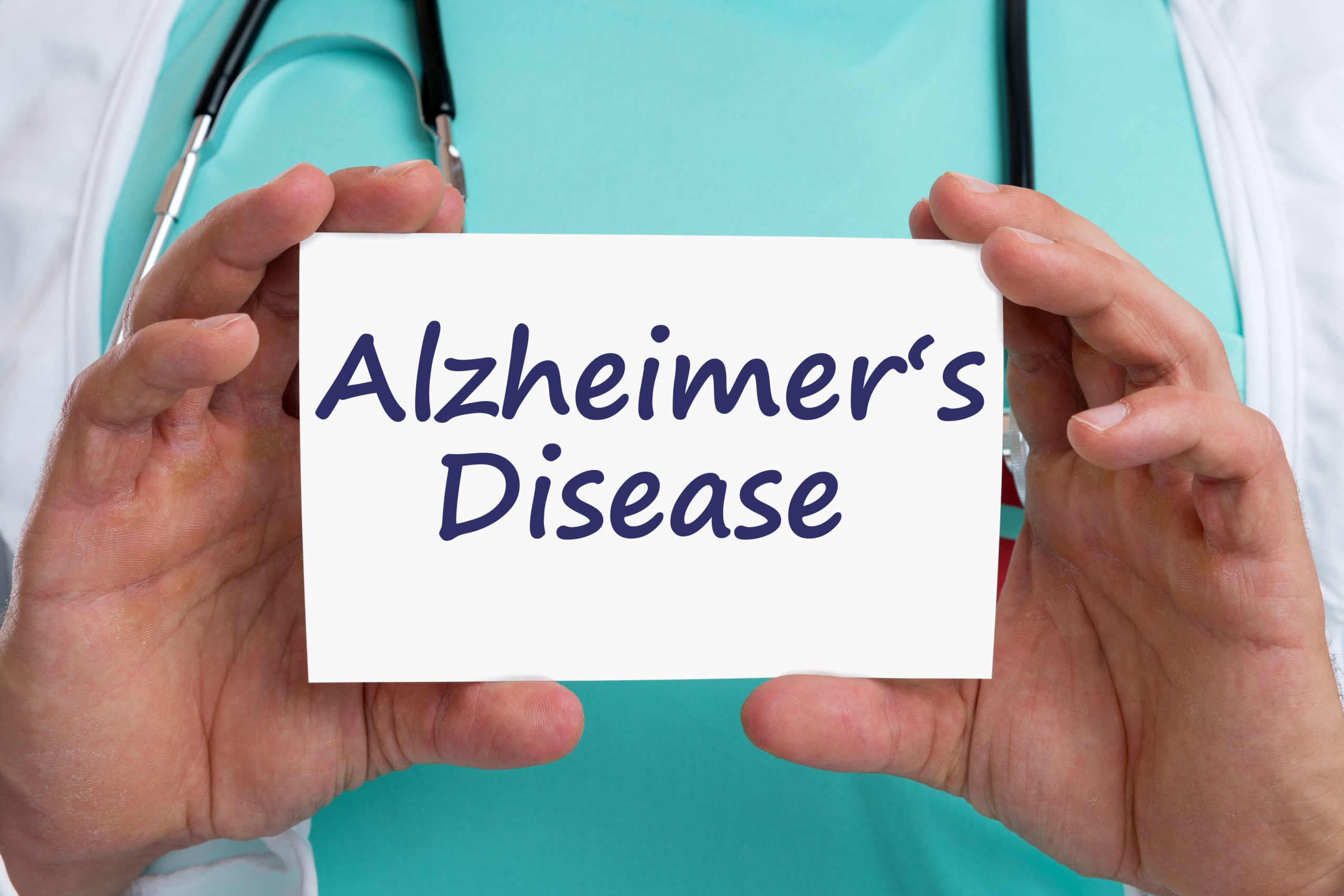Alzheimer’s disease is a chronic kind of dementia that affects about 6.5 million people. It is connected with parts of the brain that are responsible for thought, memory, and language. Memory loss of a more basic nature is the first sign of Alzheimer’s disease, which can eventually progress to the point where the patient is unable to carry on a conversation or react to their surroundings. Memory issues are one of the earliest warning symptoms of Alzheimer’s disease and other dementias, and people who have Alzheimer’s disease can gradually lose the capacity to have a conversation and react to their surroundings.
Advances in the treatment of heart disease and cancer are largely responsible for a true postponement of mortality and a marked change in the bio-demographics of aging over the past 150 years. If the trend continues, most babies born in many highly developed countries at the beginning of the 21st century can expect to live past the age of 100 years. As the population ages, the prevalence of Alzheimer’s disease and related dementias are also increasing. However, neuropathological studies have shown that most individuals diagnosed with sporadic Alzheimer’s disease do not have “pure” Alzheimer’s disease and that the prevalence of comorbidity for illnesses that contribute to cognitive impairment increases with advancing age. Most persons diagnosed in late life have Alzheimer’s disease in combination with other neurodegenerative diseases
Favorable practices to reduce the risk of Alzheimer
Numerous research studies suggested the following points that can be helpful to lower the risk of Alzheimer’s disease.
Raise in education level
The evidence has revealed that formal education, including education at the high school or college level, can reduce the risk of a person developing to Preventing Alzheimer’s disease. Therefore, high-level education is supposed to increase a person’s thinking behavior, which refers to the brain’s ability to preserve and maintain cognitive function despite any damage. A high cognitive reserve should act as a safeguard against cognitive impairment, which can occur naturally, as a person ages.
Reduce the complexity of occupation
The higher complexity of working with people in the main lifetime occupation was associated with a reduced risk of AD and all types of dementia combined later in life. When individuals hold an occupation that is high in complexity, they may build their cognitive reserve in such a manner as to reduce their risk for dementia in later life.
Engaged lifestyle
Lifestyle choices, such as physical exercise, social and mental activities, cardiovascular health, and adequate sleep, may help protect brain function and reduce the risk of Alzheimer’s disease.
Role of exercise/healthy lifestyle
Worldwide, smoking, physical inactivity, and depression enhanced Alzheimer’s disease risk; physical inactivity, depression, smoking, and midlife hypertension increased the Alzheimer’s disease at the highest level.
Exercise has also been associated with a reduced risk of dementia, and many vascular risk factors, including high cholesterol, hypertension, diabetes, smoking, and atrial fibrillation have also been linked to Alzheimer’s disease.
Exercising several times a week for 30 to 60 minutes may: Keep thinking, reasoning, and learning skills sharp for healthy individuals. Improve memory, reasoning, judgment, and thinking skills (cognitive function) for people with mild Alzheimer’s disease or mild cognitive impairment.
Stop smoking
Stopping smoking is one of the best things you will ever do for your health. When you stop, you give your lungs the chance to repair and you will be able to breathe easier. There are lots of other benefits too – and they start almost immediately.
Less alcohol intake
Less alcohol intake may also contribute to reducing Alzheimer’s disease attacks in humans. There are several benefits of cutting alcohol for reducing Alzheimer’s disease. Some important of them are listed below:
Immediate benefits of cutting down
- The person feels better in the mornings
- The person feels less tired during the whole day
- Skin looks better
- A person becomes more energetic
- Healthier weight management
Long-term benefits include:
Mood
There’s a strong link between heavy drinking and depression, and hangovers often make you feel anxious and low. If you already feel anxious or sad, drinking can make this worse, so cutting down may put you in a better mood generally.
Sleep
Drinking can affect your sleep. Although it can help some people fall asleep quickly, it can disrupt your sleep patterns and stop you from sleeping deeply. So cutting down on alcohol should help you feel more rested when you wake up.
Behavior
Drinking can affect your judgment and behavior. You may behave irrationally or aggressively when you’re drunk. Memory loss can be a problem during drinking and in the long term for regular heavy drinkers.
Heart
Long-term heavy drinking can lead to your heart becoming enlarged. This is a serious condition that cannot be completely reversed, but stopping drinking can stop it from getting worse.
Immune system
Regular drinking can affect your body’s ability to fight infections. Heavy drinkers tend to catch more infectious diseases. Other potentially modifiable lifestyle risk factors that increase the risk of Alzheimer’s disease but have gotten less attention include sleep disorders and diet. Sleep-disordered breathing is common among older adults.
Prevention of disease: Heart disease and cancer
Heart disease remains the leading cause of death worldwide. The number of deaths from cardiovascular disease has decreased significantly in the past few decades.
Primary prevention: The reduction in deaths is attributable to treatment improvements, including revascularization
Secondary prevention: a reduction in cholesterol levels and blood pressure, a decrease in smoking, increased exercise, and a general change in diet away from animal fats.
Screening for disease or elevated risk
Screening for individuals with the latent disease would, in theory, be essential to identifying individuals with the presymptomatic disease, allowing for intervention and medical management at the earliest stages.
Screening for disease must follow the following points
- The accuracy of screening test
- The treatment must have effectiveness
- Cheap
- More effective early than a later stage of screening and
The appropriate follow-up should be ensured
One of the most widely used screening tests in the cancer field is the prostate-specific antigen (PSA) test, a tumor marker measured by a simple blood test. Like other screens, the PSA test is not diagnostic and must be followed up with a true diagnostic test (in this case a biopsy) to detect cancer.
Preventing Parkinson’s disease through early detection
The effort to prevent and treat Parkinson’s disease is more closely allied to Alzheimer’s disease efforts than those in heart disease or cancer and is similarly not as developed. Thus, although Parkinson’s disease is the second most common neurodegenerative disease, there have been no prevention trials for Parkinson’s disease at this time.
Home Care Near Me. Let’s Get Started!
Get Immediate Help with Information, Costs & Payment Options.







